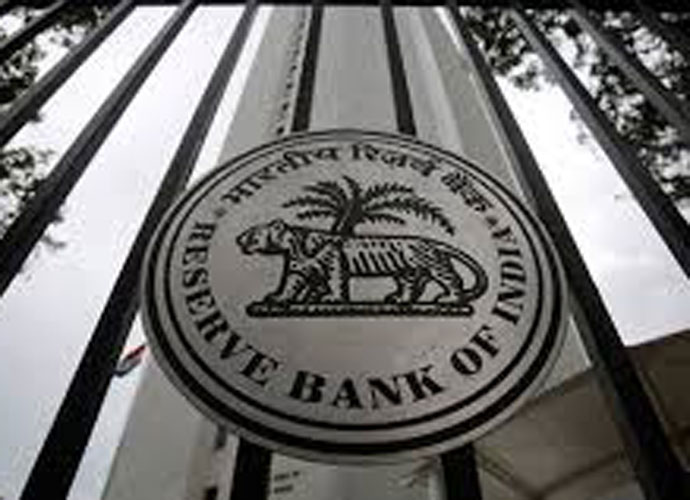How digital lending can be a game-changer in post-demonetisation India

Besides the shaky and much delayed flight from Delhi risking my timely arrival, the debut conference of the DLAI (Digital Lenders Association of India) kicked off like clockwork last week at Mumbai’s Taj Lands End.
My attendance to such an esoteric event was serendipitous, courtesy a kind invite from Mayank Kachhwaha while we were catching up a few days earlier. Mayank and Gaurav Chopra started India Lends over two years ago, now a rising digital lending platform and one of the founding members of DLAI.
The association aims to grant a much-needed voice to this nascent sector, often labelled as “alternative finance” or more generically as “fintech”. The conference thus gave a too good to miss opportunity to hear from the practitioners of new-age lending on a shared stage. A stage even more relevant in a post-demonetisation world infused with the holy grail called “India Stack”.
“India Stack” is the collective moniker covering various initiatives of the government including Aadhaar-backed authentication and e-KYC (paperless “Know Your Customer”), e-signature, Digital Locker, and a singular payment interface.
It offers an alternative to costly and time-consuming procedures such as collection and storage of paper records, authentication of “wet signatures” and secure handing of physical cash. The mingling of a cashless focus after demonetisation and the power of India Stack should in theory accelerate fintech players from the fringe of our financial system to something as ubiquitous as a home loan.
No wonder it was a packed house in the ballroom with sessions being led by a curious bunch of entrepreneurs, investors, and grey-haired representatives of banks and non-banking financial companies (NBFCs).

Digital lending models in India, ranging from online marketplaces and online lenders (originating loans on behalf of traditional institutions or lending themselves respectively) to P2P players (connecting individual lenders to borrowers via a platform) attract differential attention from the Reserve Bank of India (RBI).
Though the regulatory standing of the former owing to their institutional links to banks and NBFCs is fairly stable, P2P players in contrast operate in a vacuum with the RBI yet to firm its view. This wary approach is perhaps warranted after the “wild west” experience of China, where over 2,000 unregulated P2P companies, many of them fraudsters, mushroomed in the last few years.
To what extent can digital lenders leverage the power of alternate customer data (like social media) and technology in identifying new segments? India is one of the most underpenetrated credit markets in the world with hardly 12 per cent households borrowing from formal channels.
Our bank credit-to-GDP ratio at 53 per cent is one of the lowest among major economies. According to Anand Lunia, a panellist and partner at India Quotient, an early stage venture capital firm, the market itself is so underserved that data and technology should only play one part.
But considering traditional lenders’ chronic aversion for automation, one can’t deny the rising role of technology in pushing down origination costs while opening untapped segments. A syncretic marriage of traditional and digital lenders should be the way forward, especially in a sector where, unlike e-commerce, there is “not a winner take all” dynamic.
Also, with a growing number of industry veterans in their capacity as management or investors steering these new-age companies, any perception that raw founders misguided by lending’s lucrative economics lead the way should hopefully be pacified. The recent market correction has ensured that those days are behind us.
References
Bhattacharya, P (2016, December 19) - India and its burden of social obligations
Chatterjee, S (2016, December) - Digital Financial Services: India Stack and its Role in Financial Inclusion
(2016) Consultation Paper on Peer to Peer Lending - Reserve Bank of India
(2017) Economic Survey 2016-17, New Delhi: Ministry of Finance, Government of India
Innovations for cashless economy: Can India have a digital sovereign currency? (2017, April 29)
Lunia, A (2017, February 1) - Reality check in the online lending space
Weinland, D (2017, January 9) - China P2P lenders braced for regulatory crackdown
Wildau, G (2017, April 5), China curbs ‘Wild West’ P2P loan sector

